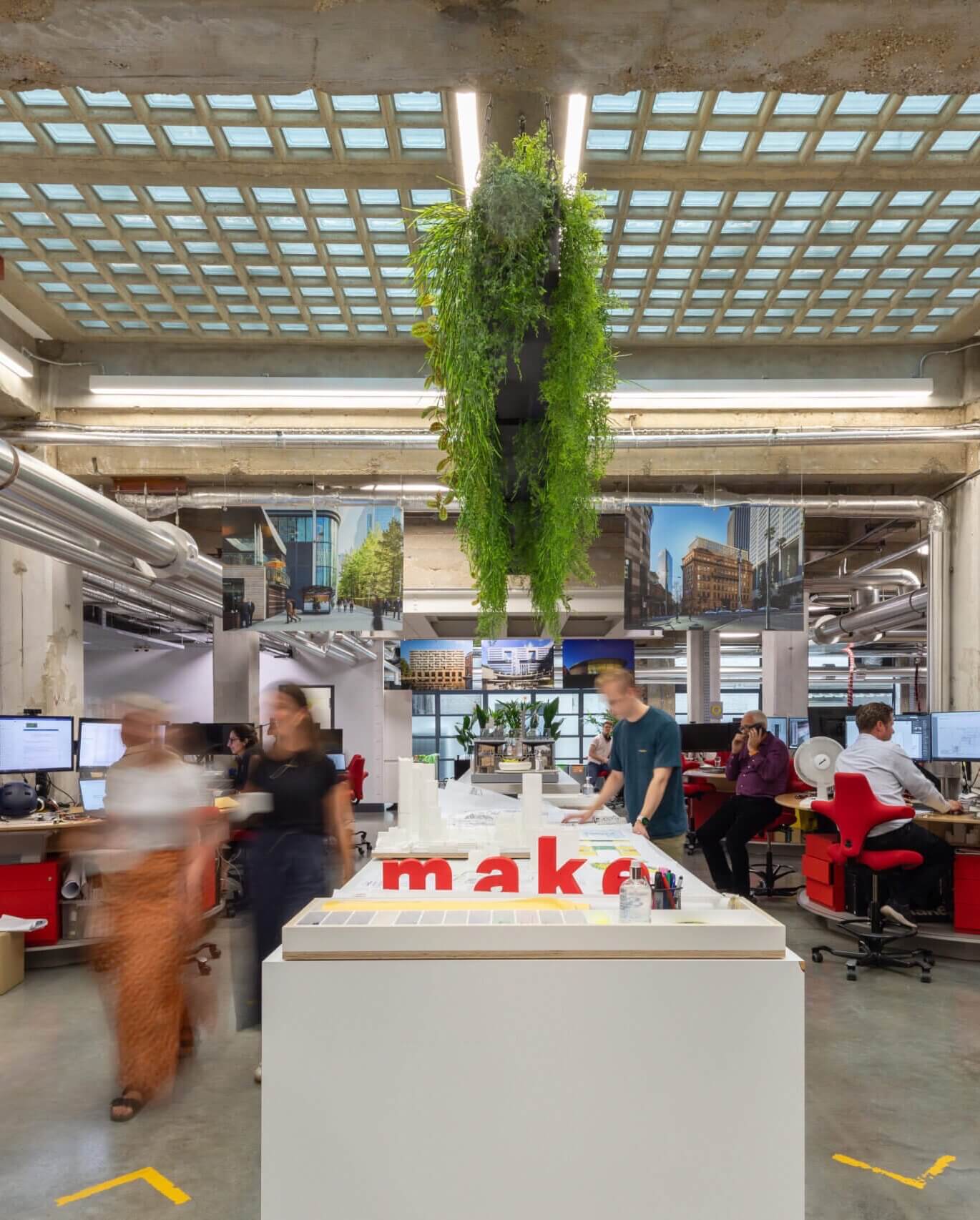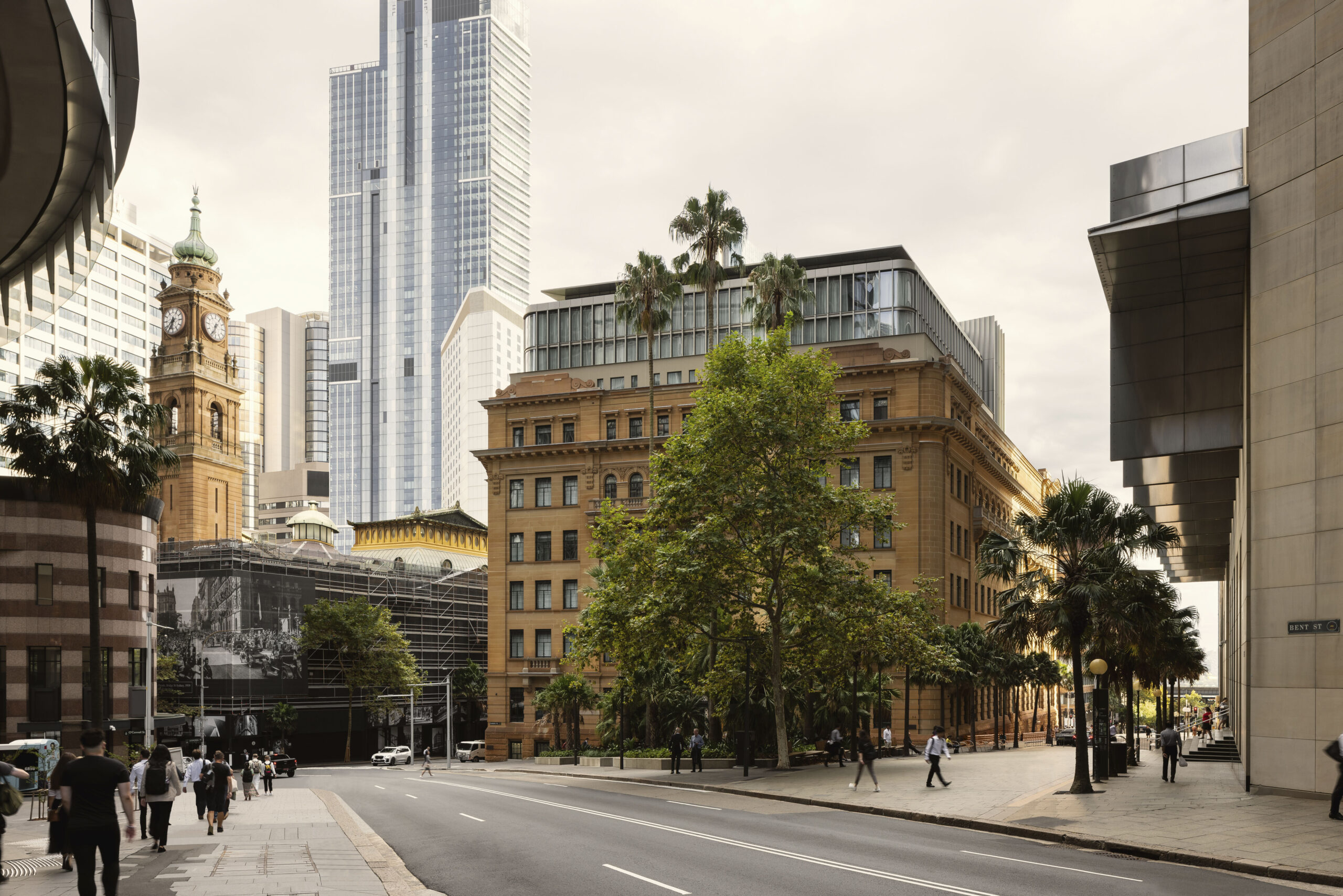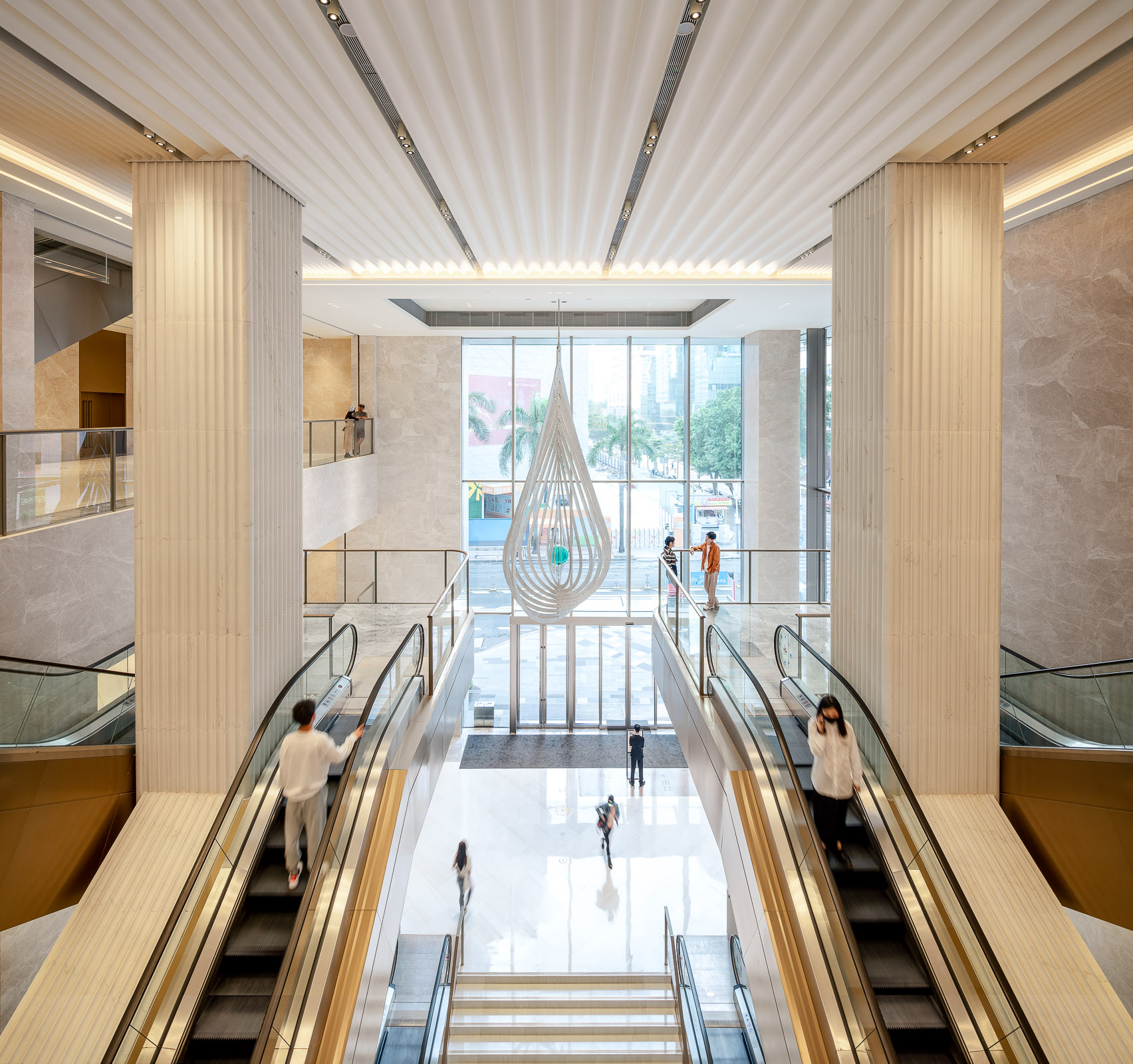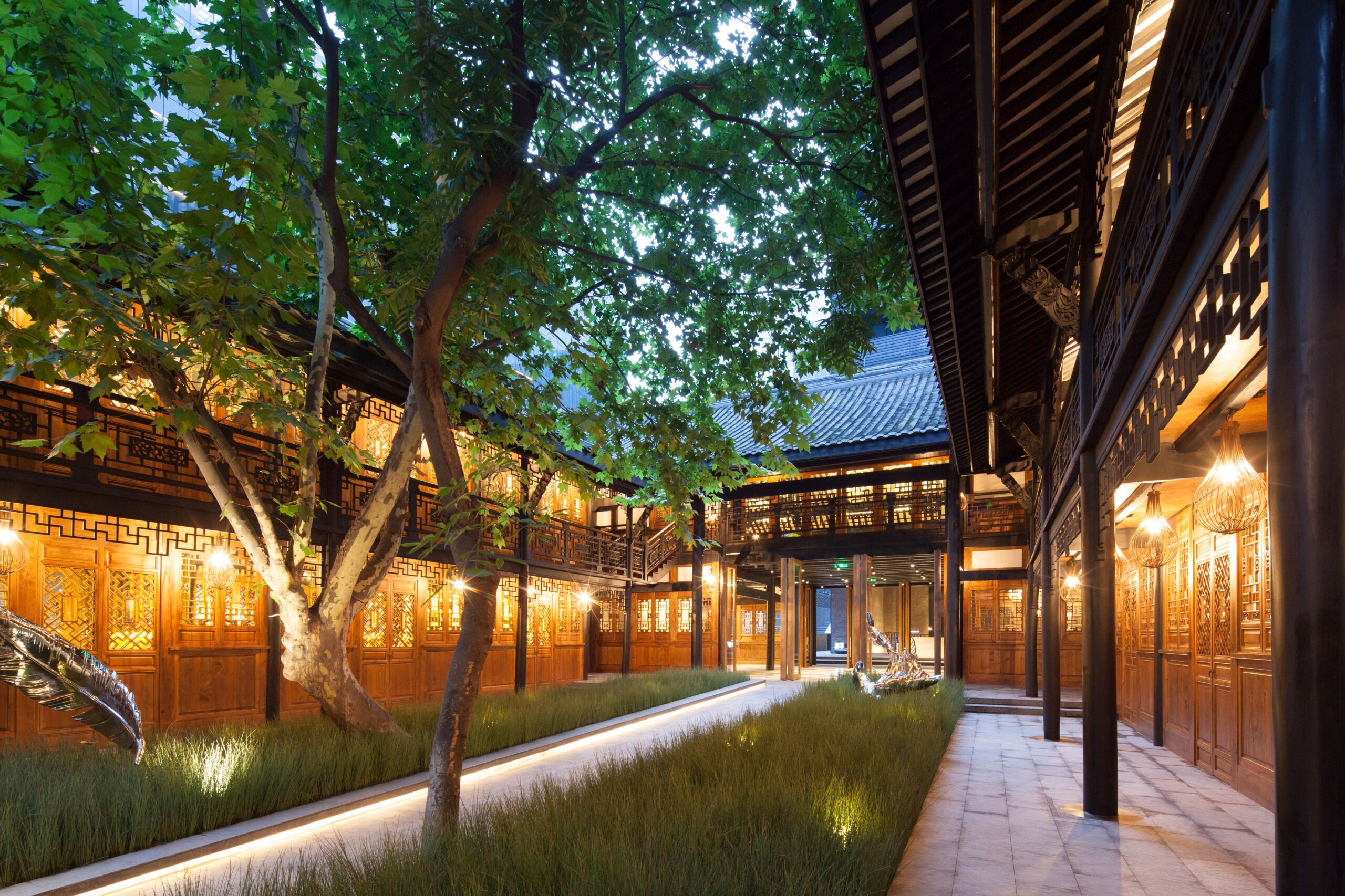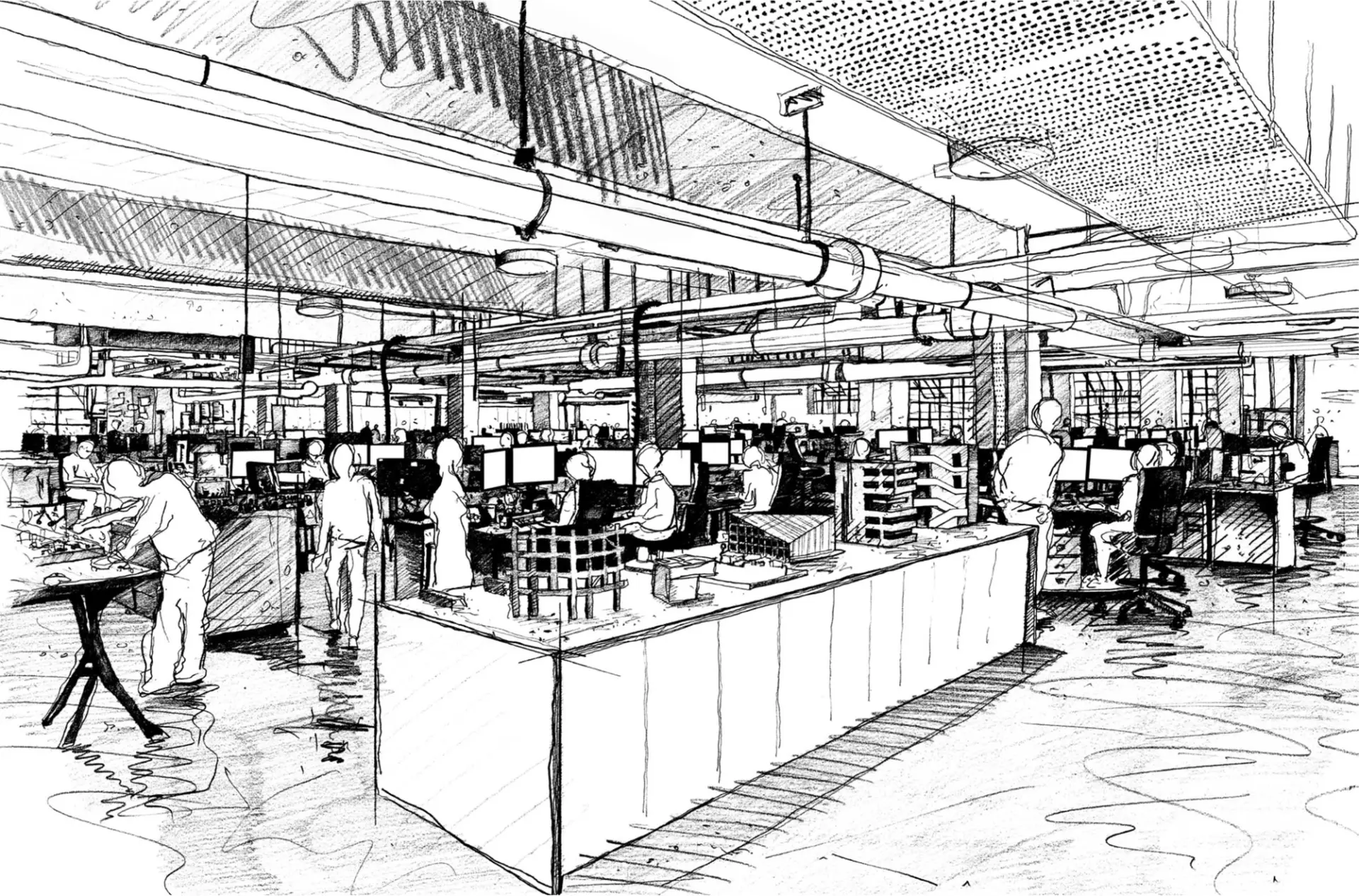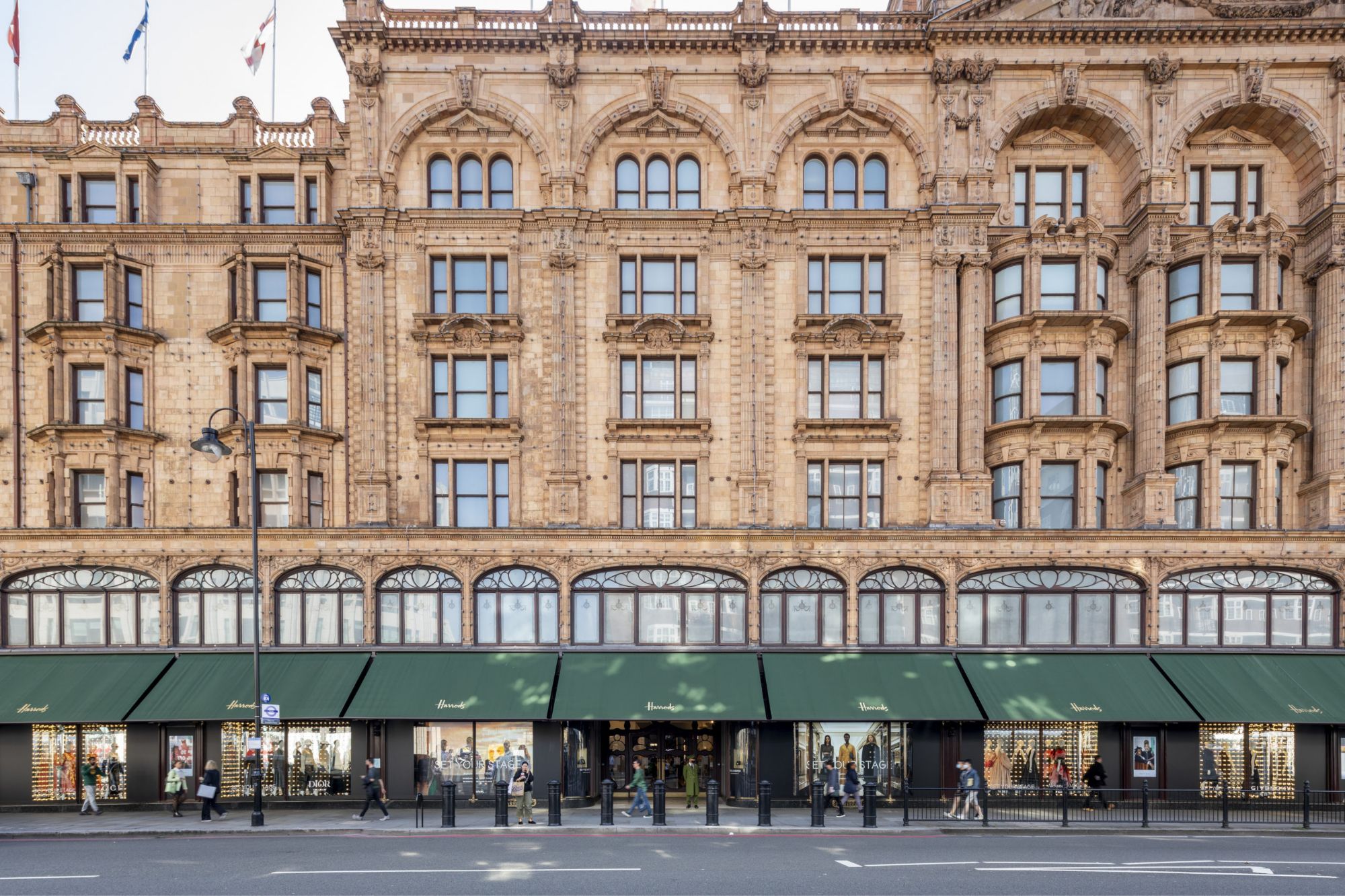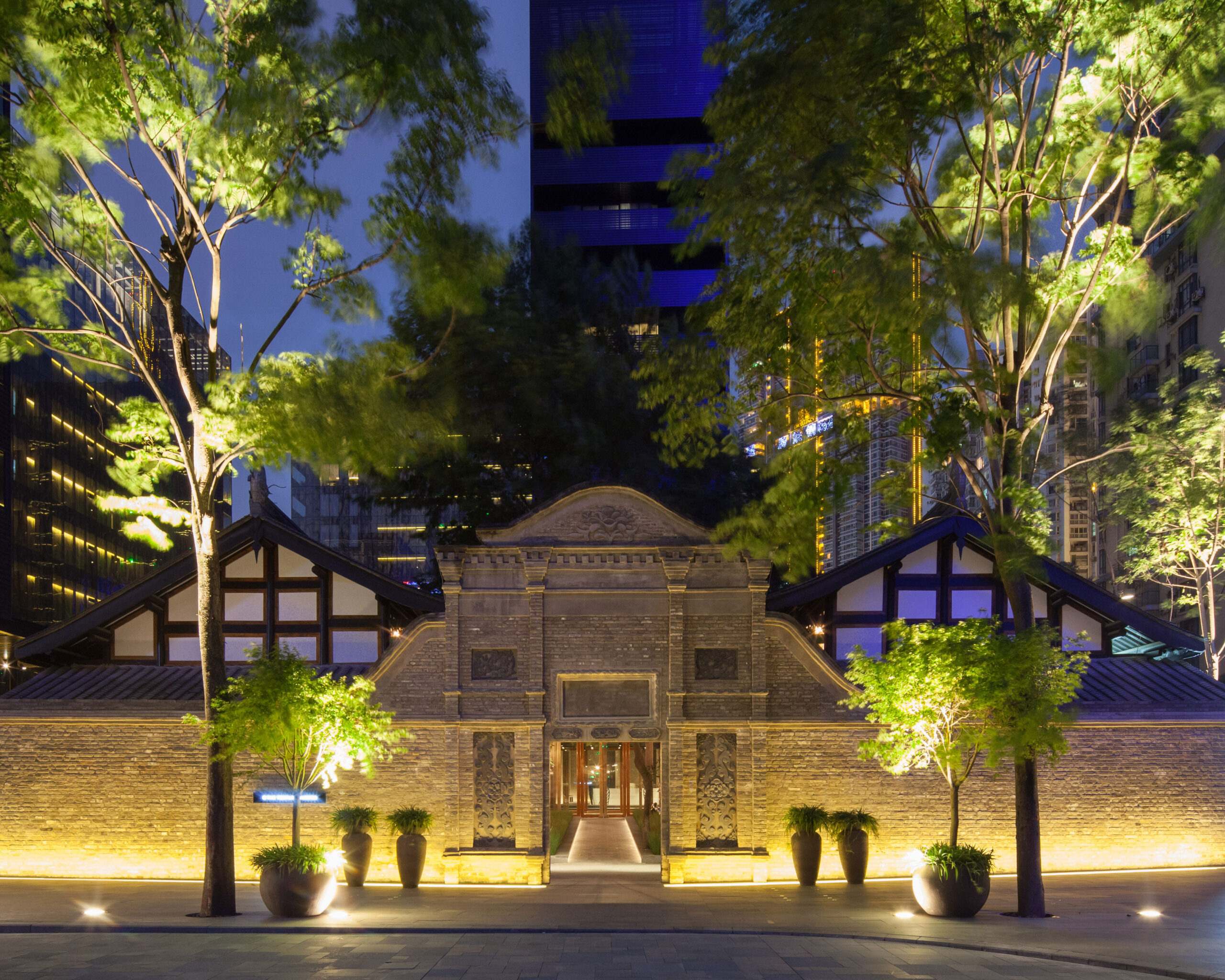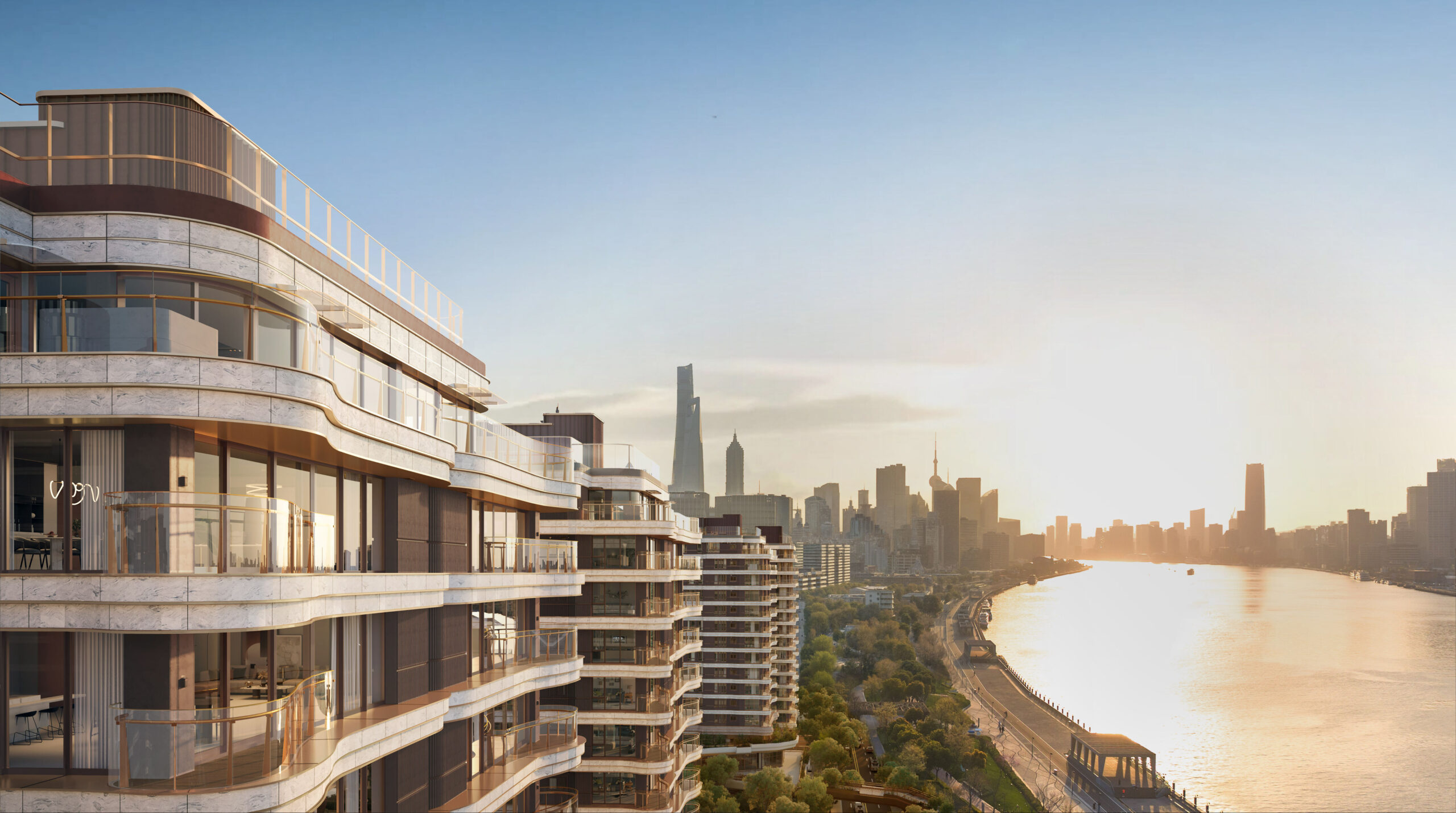
No easy solutions
The Apple and Google employees bussed in each week to their bespoke campuses in Silicon Valley have been subject to attacks from locals angry at the insular nature of these employers, the gentrification of their neighbourhoods and the resultant rising land values.
These people feel alienated and ignored, and see these headquarters buildings as exclusive vanity projects.
Amazon’s HQ2 competition – which pits 20 US cities against each other to determine the host of Amazon’s second headquarters campus – has been similarly derided, with detractors calling it “bad for everyone except Amazon” and drawing comparisons with the death matches of The Hunger Games trilogy.
There are no easy solutions to these issues, of course. But they create food for thought, and I do think that over time we will see a change in the way that corporate headquarters function in terms of their locale.
At the moment, we are getting better all the time at creating spaces that work superbly well for employees, but I think the focus in the future will shift to having a greater consideration of the city around them, too – how they give back and how they function for the wider community.
The power of public realm
Make’s London Wall Place scheme for Brookfield, which is in essence speculative, is a potential precursor of this trend. More than half the site is given over to public realm, with gardens, protected heritage structures and reinstated high-walk bridges.
And yet one of the buildings is entirely let by Schroders – admittedly, very early on in the process – and is now its new corporate HQ. It still functions in a bespoke manner, but was chosen because of its location overlooking a new park.
Likewise, Facebook took the entire commercial space and half of the basement at Great Portland Estates’ Rathbone Square (again, speculative) in part because of the new garden square at the centre of the scheme.


As these bespoke corporate headquarters are increasingly perceived as the embodiment of a brand, I wonder if we will see a shift in the brand values that are communicated.
Will it be driven by employees who want to be proud of their environment and what it stands for? Will headquarters take on a university campus approach and become more outward-facing, more inviting, more transparent? Will we see a shift in how the buildings operate, how they interact and showcase their USPs?
I was so pleased that The Bottom Line brought this discussion to a mainstream audience, because I think it deserves to be debated on a wide level.
There’s certainly a lot that concerns people outside our industry, and just as we spend so much time and investment at the moment getting the briefs right for our clients, maybe we too need to shift to include discussions with the wider community.
It will be interesting to see how this one evolves.
Listen to the Radio 4 interview
A version of this article first appeared in the print edition of EG.





